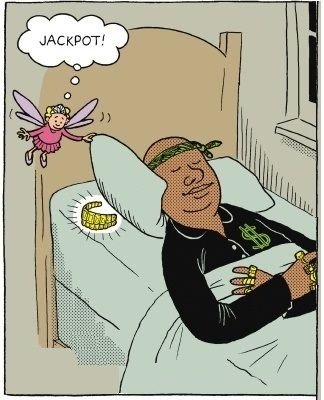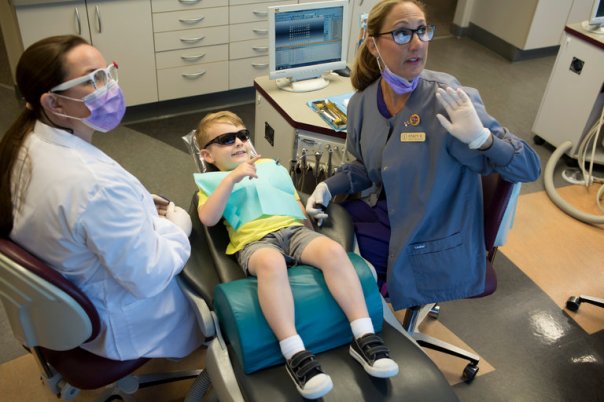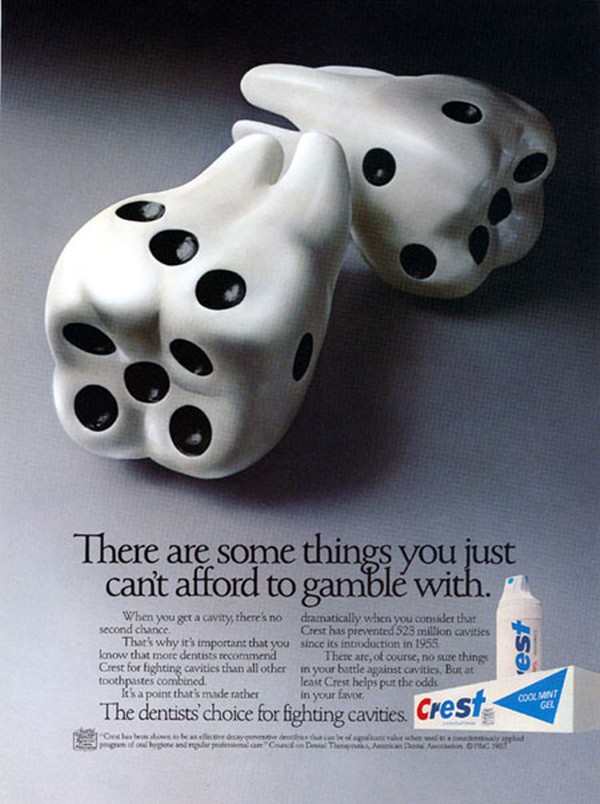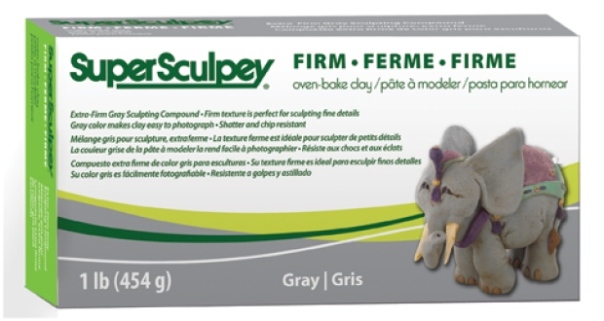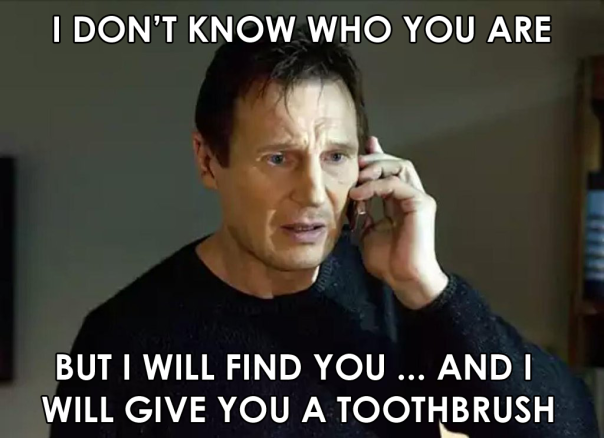Beavers don’t brush their teeth, and they don’t drink fluoridated water, but a new Northwestern University study reports beavers do have protection against tooth decay built into the chemical structure of their teeth / iron.
Northwestern University Researchers Found That The Pigmented Enamel Of Beavers, Which Contains Iron, Is Both Harder And More Resistant To Acid Than Regular Enamel, Including That Treated With Fluoride
Credit: Michael Graydon, Toronto
This pigmented enamel, the researchers found, is both harder and more resistant to acid than regular enamel, including that treated with fluoride. This discovery is among others that could lead to a better understanding of human tooth decay, earlier detection of the disease and improving on current fluoride treatments.
Layers of well-ordered hydroxylapatite nanowires are the core structure of enamel, but Derk Joester and his team discovered it is the material surrounding the nanowires, where small amounts of amorphous minerals rich in iron and magnesium are located, that controls enamel’s acid resistance and mechanical properties.
Enamel is a very complex structure, making study of it challenging. Joester’s team is the first to show unambiguously that this amorphous, or unstructured, phase exists in enamel, and they are the first to show its exact composition and structure.
We have made a really big step forward in understanding the composition and structure of enamel … the tooth’s protective outer layer … at the smallest length scales.”
… said Joester, lead author of the study and an associate professor of materials science and engineering in the McCormick School of Engineering and Applied Science.
He adds …
The unstructured material, which makes up only a small fraction of enamel, likely plays a role in tooth decay. We found it is the minority ions … the ones that provide diversity … that really make the difference in protection. In regular enamel, it’s magnesium, and in the pigmented enamel of beaver and other rodents, it’s iron.”
Dental caries … better known as tooth decay … is the breakdown of teeth due to bacteria. (“Caries” is Latin for “rottenness.”) It is one of the most common chronic diseases and a major public health problem, despite strides made with fluoride treatments.
According to the American Dental Association, $111 billion a year is spent on dental services in the U.S., a significant part of that on cavities and other tooth decay issues. A staggering 60 to 90% of children and nearly 100% of adults worldwide have or have had cavities, according to the World Health Organization.
In a series of experiments of rabbit, mouse, rat and beaver enamel, Joester and his colleagues imaged the never-seen-before amorphous structure that surrounds the nanowires. They used powerful atom-probe tomography and other techniques to map enamel’s structure atom by atom. (Rodent enamel is similar to human enamel).
The researchers subjected the teeth to acid and took images before and after acid exposure. They found the periphery of the nanowires dissolved (the amorphous material), not the nanowires themselves.
The researchers next identified amorphous biominerals in the structure, such as iron and magnesium, and learned how they contribute to both the mechanical hardness and resistance of enamel to acid dissolution.
Of particular interest to Joester and his colleagues was the pigmented enamel of the beaver’s incisors. Their studies showed it to be an improvement over fluoride-treated enamel in resisting acid. (The presence of iron gives the teeth a reddish-brown color).
“A beaver’s teeth are chemically different from our teeth, not structurally different,” Joester said. “Biology has shown us a way to improve on our enamel. The strategy of what we call ‘grain boundary engineering’ — focusing on the area surrounding the nanowires — lights the way in which we could improve our current treatment with fluoride.”
The title of the Science paper is “Amorphous Intergranular Phases Control the Properties of Rodent Tooth Enamel”.
A related paper will be published by the journal Frontiers in Physiology.
Story Source:
The above post is reprinted from materials provided by Northwestern University.
Note: Materials may be edited for content and length.
Journal Reference:
- L. M. Gordon, M. J. Cohen, K. W. MacRenaris, J. D. Pasteris, T. Seda, D. Joester. Amorphous intergranular phases control the properties of rodent tooth enamel. Science, 2015; 347 (6223): 746 DOI: 10.1126/science.1258950


